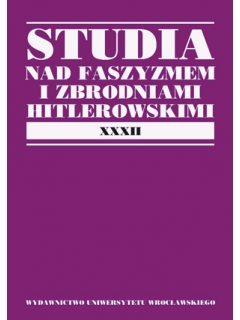

Artykuły

THE SOVIET UNION AS A CORRUPT STATE
The article concerns the process of corruption’s institutionalization in the Union of Soviet Socialist Republics. Corruption is perceived as a permanent and variable pattern of social-and-political actors’ behavior which was generated by centralized structure of governmental system. The author attempts to prove that costs and benefits derived from corruption were not identical during every period of the Soviet Union’s development. This calculation was for the most part the result of political regime’s dynamics and changing degree of its totalitarianism. Legalized corruption, patron–client networks and ordinary bribery – which the author defines as a patterns of corruption typical for the Soviet Union – were structurally connected phenomena. On one hand they were inextricably intertwined with the political system; on the other they were a manifestation of the system’s inefficiency and a lack of its identification with foundational principles. While analyzing corruption in a system such as the Soviet Union, many various doubts appear as far as defining different actions as unequivocally corrupt is concerned. Some of them were not meant to serve as an instrument of personal enrichment but were the only available way to gain access to scarce goods or to face challenges posed by the irrational system of the economy’s management. It can be assumed that these actions were the manifestations of rational adaptation to unpredictable social-and-economic environment and that to some degree they performed functionally useful role. Corruption in the Soviet Union gained a status of informal institution the regulatory potential of which was largely serving as a substitute for regulatory functions which generally should be performed by the legal system.